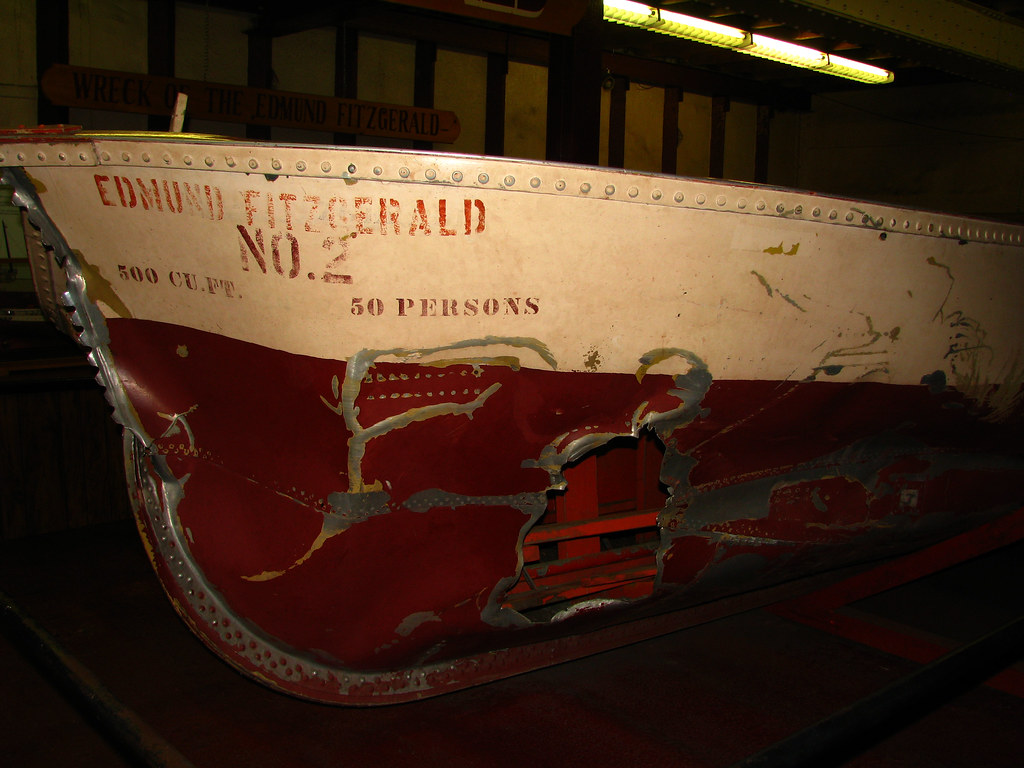On November 10, 1975 the Great Lakes bulk cargo vessel SS Edmund Fitzgerald carrying a cargo of taconite pellets (iron-bearing flint-like rock used in steelmaking) sank with the loss of all 29 crewmembers in eastern Lake Superior about 17 miles from the entrance to Whitefish Bay, Michigan during a severe storm. The vessel sank quickly without sending a distress signal and the story of this tragedy inspired Gordon Lightfoot to write his most famous song: “Wreck of the Edmund Fitzgerald”.The day before the event, November 9th, an area of low pressure developed over the Southern Plains and moved northeastward and intensified to 1000mb by 1200Z on the 9th over Kansas and later to 993mb over Iowa (0000UTC on the 10th). A Gale warning was issued by the National Weather Service for Lake Superior at 1939UTC on the 9th.
At 1915UTC on the 9th, the Edmund Fitzgerald departed from Superior, WI bound for Detroit. A short time later, the Arthur M. Anderson left Two Harbors, MN and was also headed eastbound. Both masters decided to take a northerly route to keep in the lee of the forecasted northerly gale winds.
At first, the Arthur M. Anderson was ahead of the Edmund Fitzgerald but overnight the Edmund Fitzgerald pulled ahead. At 0700UTC on the 10th the National Weather Service issued a Storm Warning for Lake Superior as the now deepening low was moving northeastward reaching a position near Marquette, Michigan by 1200 UTC (982mb). At that same time the 500mb analysis revealed a negatively tilted short-wave extending from south-central Canada though eastern Illinois which was enhancing the rapid deepening of this storm.
Read more at oceanweatherservices.com.

